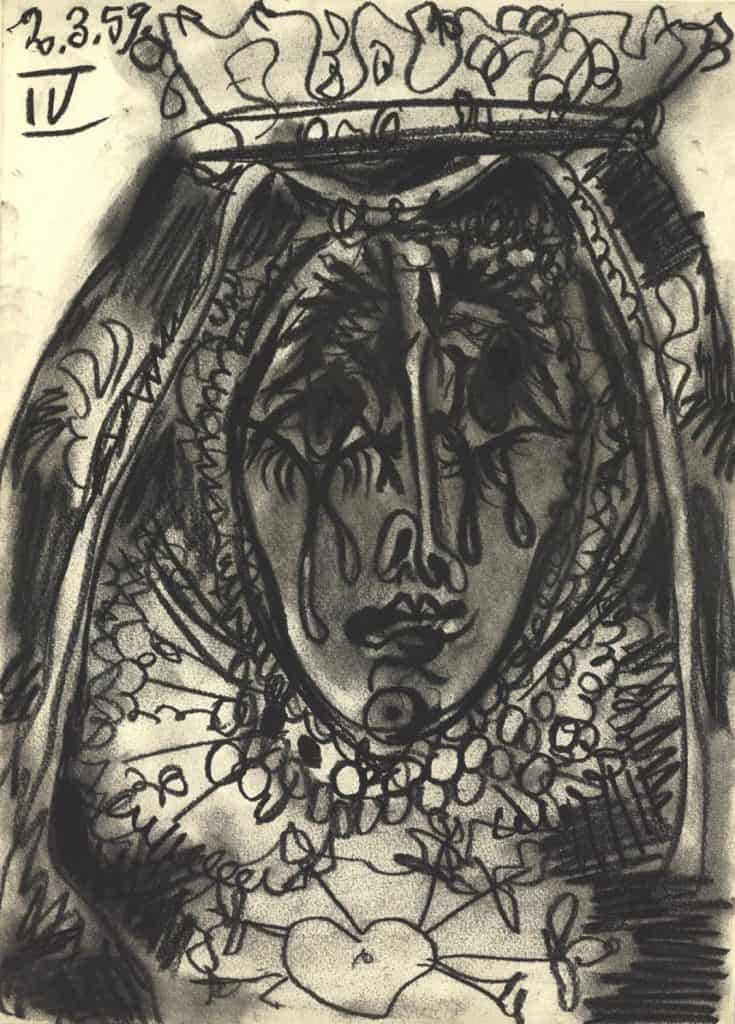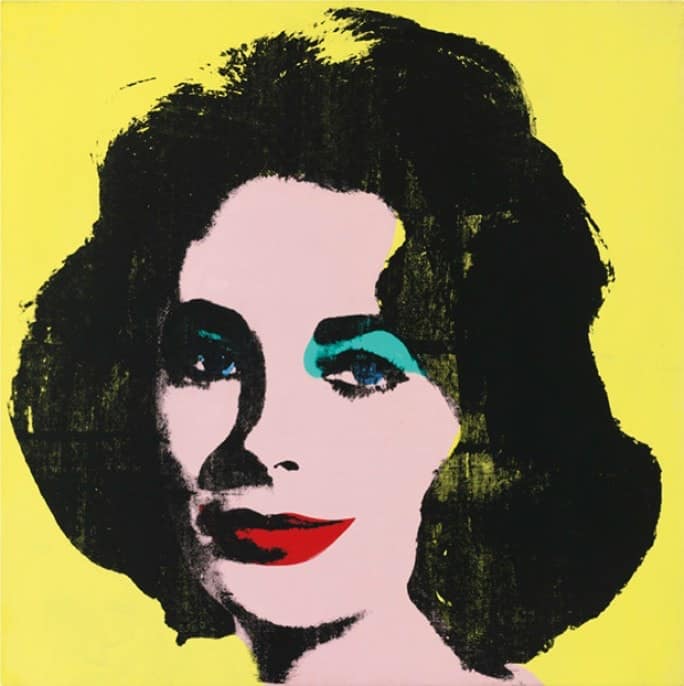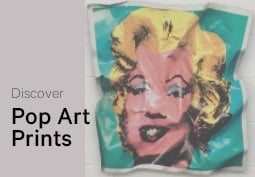Articles and Features · By Shira Wolfe
Agents of Change: How Printmaking transformed Art

By Shira Wolfe
In our article series, Agents of Change, we explore developments and innovations, both technical and technological, that had a seismic impact on artistic production and consequently changed it in key ways, forever. We learn how artists and the tools at their disposal evolved over the years and gave rise to new forms of art and ways of making them. In this edition, we learn about the history of printmaking in all its different shapes and forms, and how it allowed artists to create original copies of their own work.
A short description of printmaking
Printmaking is an art form consisting of the production of images by various techniques of multiplication. It is usually done on paper, but other materials such as parchment, fabric, or plastic are also used. Printmaking is done either directly by the artist, or under the direct supervision of the artist.
A print is created by engraving an image into a surface like a metal plate, a block of wood or a stone. The image is then covered with ink, and run through a press onto the material of choice. Printmaking offered a way to easily reproduce works, and was revolutionary for artists and thinkers who were working before the invention of cameras, scanners, and copy machines and wanted to be able to widely disseminate their work. As time passed, printmaking developed into an art form in its own right. By choosing a fine art print medium, an artist can make several identical images, each one qualifying as a hand-made original.
Artists who have become extremely well-known for working with printmaking in their art include Katsushika Hokusai, Rembrandt van Rijn, Pablo Picasso, Albrecht Dürer, Francisco Goya, Käthe Kollwitz, Ernst Ludwig Kirchner, and Andy Warhol.
The origins of printmaking
Printmaking is said to have originated in the 1st century AD during China’s Han Dynasty. Paper was invented in 105 AD, and printmaking followed soon after. In order for Chinese scholars to study their scriptures, their texts and holy images were carved into stone slabs. Next, damp paper was pressed and moulded on the surface. They applied ink and then removed the paper. What appeared was an image of white lines on a black background, and this formed the foundation of printmaking. With the spread of Buddhism from India to China, a method was developed combining text and image, called block book printing.
The first authenticated prints were made in Japan, where they were making wood-block rubbings of Buddhist charms in the late-middle 8th century. In Europe, printmaking was underway as early as the 6th century, when people were printing on textile. When the process of papermaking was imported from the East to Europe, Europeans also started printing on paper. The first paper produced in Europe is traced back to Játiva in Spain in 1151, while the first woodcuts printed on paper were playing cards produced in Germany at the start of the 15th century.

The different strands of printmaking
There are many different types of printmaking, using different materials and producing different outcomes:
1. Relief printing
In relief printing, an image is printed from the raised portion of a carved, etched, or cast block. The Chinese stone rubbings can be seen as the first forms of relief printing. In the 9th century, woodcuts were developed in China, following in the 14th century in Europe. Artists would draw a design on a piece of wood, sawn lengthwise across the grain, and then cut away the lines of the design. Next, oil-based ink was rolled over the block and the image was printed on paper or textiles. Starting in the 1400s, artists would make woodcuts in order to portray religious subjects, decorate books, and make playing cards. In the period known as the German Renaissance (1430-1580), Albrecht Dürer produced many woodcut prints. In the period of the 1700s and 1800s, Japanese artists created woodcut prints that would inspire many European artists like Degas, Toulouse-Lautrec, Van Gogh and Manet. Expressionists like Kirchner and Munch also explored the woodcut method in the 1900s.
Another type of relief printing that became popular among artists is the linoleum cut. Instead of carving the image into wood, it is carved into linoleum. Easier to manipulate than wood, linoleum cuts do produce a different effect as it is more difficult to carve delicate lines in linoleum, creating a rougher result.
2. Intaglio
With the intaglio printing method, an image is incised into a metal plate using various tools or acids. The two basic types of intaglio printing are engraving and etching. In engraving, the image is cut into the plate using specific tools: needles, burnishers, scrapers or rockers. In etching, the image is created by cutting into the metal plate with acids.
3. Lithography
Lithography was the first fundamentally new printing technology since the invention of relief printing in the 15th century. It was invented in Germany in 1798 by Alois Senefelder. In lithography, the printing and non-printing surfaces are all at the same level, the opposite from relief or intaglio, where the design is cut into the surface block. The designs are drawn or painted on a porous surface with a greasy material, for example crayon or grease pencil, and then the surface is dampened and ink is applied with a roller. The greasy lines of the image repel the water and hold the ink, and the final stage is pressing this image onto paper. Lithography started out as a commercially successful method used for printing books, magazines and newspapers. It took a while for it to be accepted as a legitimate art form, but it eventually became a favourite method of printing for many artists including Marc Chagall, Edvard Munch, Pablo Picasso, Willem de Kooning, Jasper Johns, and Robert Rauschenberg, among others.

4. Monoprint
A monoprint refers to any type of print made in one version, which cannot be exactly duplicated. Using slow-drying paint or ink, the artists paint designs directly onto a plate. The image then has to be printed before the paint or ink dries and the artist is left with one strong impression. It is possible to reuse the plate, but the next print will never be exactly the same as the first.
5. Screen printing
Screen printing, also known as serigraphy, was developed in the United States in the 20th century. The process involves forcing ink through a stencil that is embedded in or attached to silk or synthetic mesh screen. The screen is tightly stretched on a metal or wooden frame. Next, viscous ink is squeezed through and ends up on the paper under the frame. For each different colour, a separate frame is used. In the 1930s and 1940s, many artists used the touche-washout method, in which the artist painted directly onto the top surface of the screen fabric with either touche or grease crayon. Artists like Andy Warhol, Robert Motherwell, Frank Stella, and Robert Rauschenberg are all known for having worked a lot with screen printing.
Today, many artists employ photographic techniques in order to make stencils directly on the screen. Printmaking remains a popular method for artists to experiment with creating copies of their work, which are nonetheless regarded as originals in their own right.

1963 (acrylic and silkscreen ink on canvas). Courtesy Sothebys
Relevant sources to learn more
Metropolitan Museum of Art
Tate
For previous editions of the Agents Of Change Series, see:
Agents Of Change: Plastic. Or How Plastic Became An Era-Defining Material
Agents of Change: How Printmaking transformed Art
Agents of Change: Silk Screen


